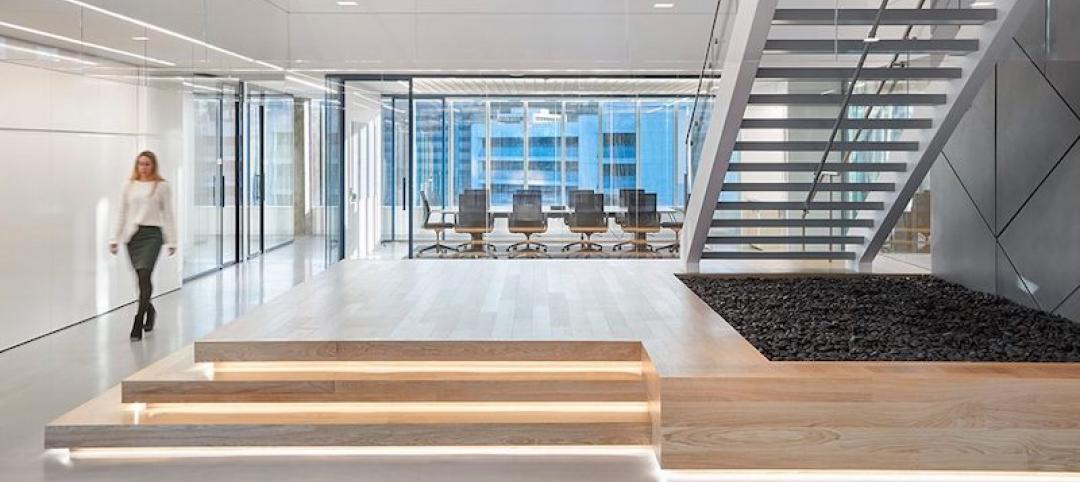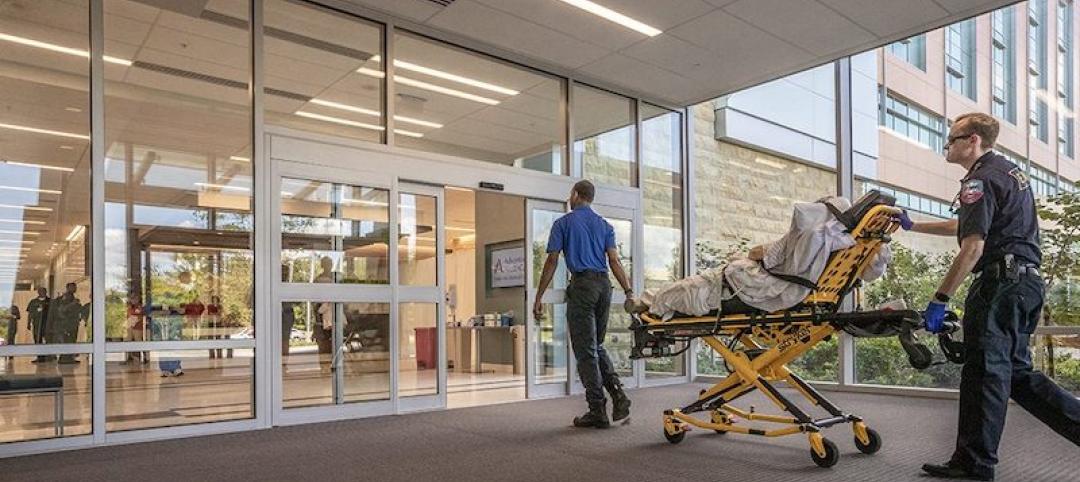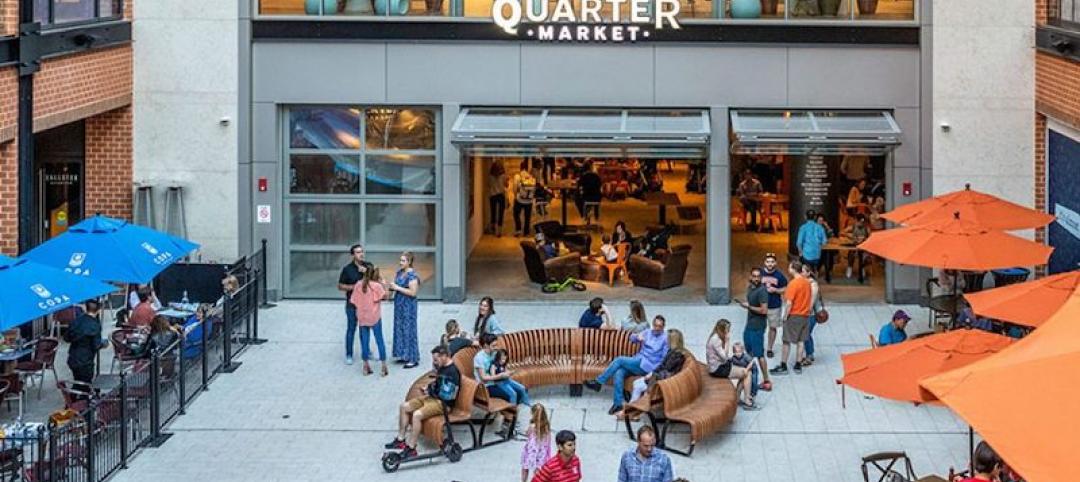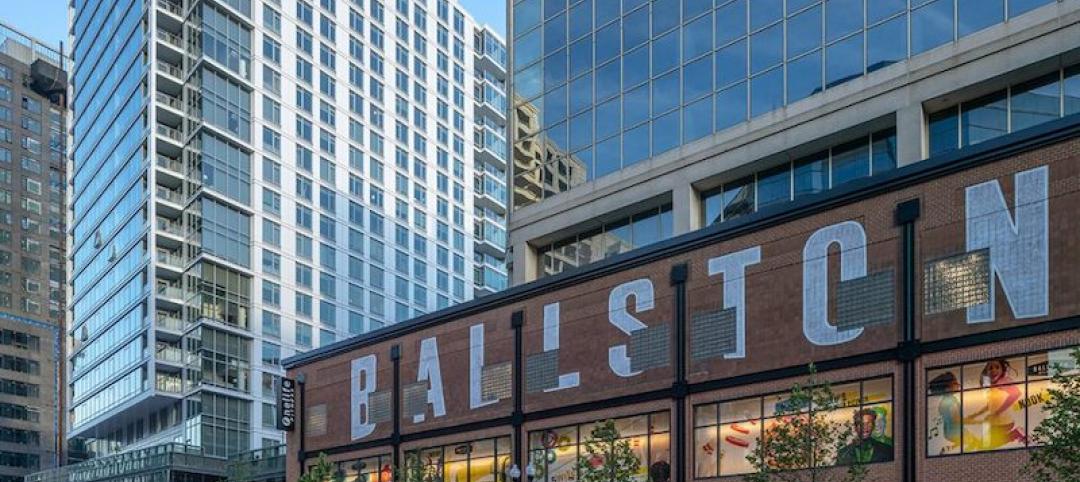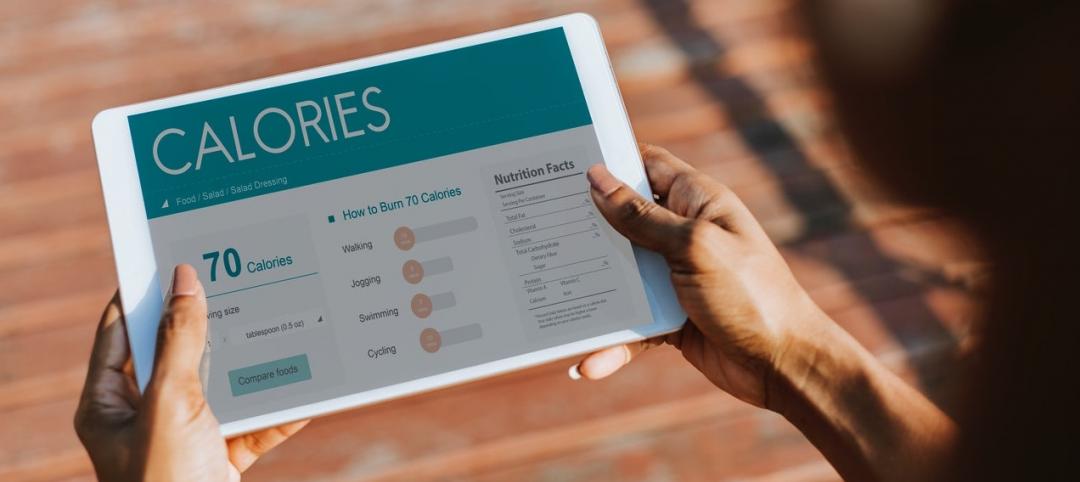Each year, the mainstream definition of “sustainable design” continues to broaden its reach. The emphasis has expanded far beyond energy, water and site into public health, social equity, wellness and transparency– underscoring how our effect on the environment is inextricably linked with its effects on us.
As the industry seeks to make the invisible visible, another exciting shift brings the sustainability conversation full-circle to the most direct and tangible components of architecture: materials– the physical parts and pieces with which buildings are made. The concepts of embodied carbon, zero waste, and deconstruction and reuse often run on parallel tracks, but we are beginning to explore how they relate.
Embodied carbon
At its core, what does it take to create a material or product? Embodied carbon considers the energy and associated emissions required by a process, most commonly measured over the course of manufacturing from extraction into a piece ready for shipment—though there are a multitude of ways to measure it. For the record, embodied carbon is not necessarily the actual measure of CO2, but instead the equivalent value of global warming potential relative to carbon dioxide as a means of comparison across multiple known greenhouse gases.
Along with the actual carbon accounted for, this metric aims to capture the full backstory of a material. It is a number worth a thousand words.
Zero Waste
While embodied carbon helps explain where things come from, zero waste guidelines consider where they go. Certifications like TRUE (Total Resource Use and Efficiency) activate policies from supply chains to waste streams that shift practices in the context of larger systems.
Embodied carbon and zero waste ambitions go hand in hand. With a supposed 2.48 trillion square feet to build in the next few decades(1), a global extraction increase of over 240% between 1970-2017 to 101.4 billion tons in 2017(2), and an estimated building material waste rate of over 1 billion tons per year by 2025 (3), these numbers represent truly inconceivable quantities and we must challenge the direct correlations between them. Deconstruction and reuse create the link between embodied carbon and waste diversion as methods to redistribute the value we have already invested. We can’t truly get to net-zero without considering it.
Deconstruction and Reuse
A project team is naturally able to use less “new” embodied carbon by incorporating re-used materials, and facilitate future “offsets” if material connections are planned for disassembly. Deconstruction and reuse together save natural capital and divert resources from landfills, reducing the impacts of both extraction and destruction.
The materials chapter in the sustainability story presents especially poignant challenges for retail architecture, where brand identity is embedded in the physical store design as much as in the products themselves. Brands must safeguard their identity, and building materials are often a part of that. For retail, it’s going to be a tough sell to consider the nuances of embodied carbon in the design decisions of character-defining finishes. It will also be a real hurdle to have these same materials free-floating in the market after a store closes. So, with the short life spans of a sector that must constantly evolve to thrive, how might we harness the power we have to make this cyclical nature more circular?
Deconstruction and reuse unlock opportunities to intentionally address waste and carbon footprints in a way that enriches, rather than threatens, core business and surrounding communities. Even if we only start with the universal and unbranded, we’ll have plenty of work on materials worth saving.
There is a groundswell of colleagues, clients and contractors wanting to do more. Several civic governments, in conjunction with salvage experts, are organizing policies to codify deconstruction practices and foster re-use markets. These policies support their carbon and waste reduction goals in long-term climate action plans that then affect us all.
As the industry collectively considers these concepts, it is important to realize how each of these priorities facilitates and influences each other so that we do not lose sight of what these terms really mean in real-life outcomes. Most people don’t want to cause pollution, whether in the air or in the ground. As some of us investigate carbon emissions, others can track the materials themselves. Rolling into 2020 is a wide ecosystem of people ready to mobilize. The best thing about dealing with the physical is that we can most literally see what we can achieve.
More from Author
CallisonRTKL | Dec 20, 2021
Digital nomads are influencing design
As our spaces continue to adapt to our future needs, we’ll likely see more collaborative, communal zones where people can relax, shop, and work.
CallisonRTKL | Jun 30, 2020
The great reset and our new work life
As many countries begin to return to the office, it’s a chance to ask ourselves: what do we truly value?
CallisonRTKL | May 4, 2020
How working from home is influencing design
The lessons learned in the next few months can help shape how we work and design in the future. For now, remote work is different – and our new normal.
CallisonRTKL | Jan 30, 2020
The complex dance of healthcare transitioning
Hospital employees, though excited about technological advancements, are expected to navigate a new workplace and care for their patients at the same time, all while training on new equipment and navigating a new building.
CallisonRTKL | Jan 6, 2020
Retail re-invention: Five questions to ask
Why have some malls survived their long-predicted demise, thriving and bumping with new generations of shoppers, while others have been relegated to the ash heap of deadmalls.com?
CallisonRTKL | Aug 6, 2019
Saving the American mall in 5 steps
CallisonRTKL Vice President Marc Fairbrother explains how struggling American malls can turn it all around.
CallisonRTKL | May 29, 2019
Smart buildings can optimize wellness
Employees want wellness initiatives built into their work experience, especially when they’re in spaces that can leave them feeling stiff, stressed, and sick.
CallisonRTKL | Apr 5, 2019
2019 trends in the workplace
From retention and career advancement to the ethics of inclusion and diversity, these five trends will play a major role this year in design, strategic planning and workplace development.
CallisonRTKL | Jan 28, 2019
9 tech trends to track in 2019
Innovations in voice recognition, cognitive neuroscience, and biometrics are among the trending tech topics for 2019, according to CallisonRTKL's Kristin Tilley.
CallisonRTKL | Dec 3, 2018
Biotrack your shop
Sabrina Hilfer, a specialty retail designer, talks about the integration of biometrics in the retailscape.




